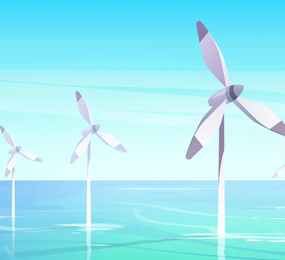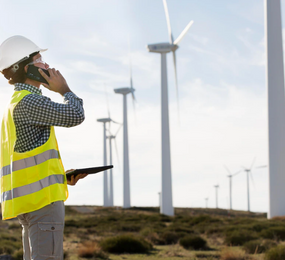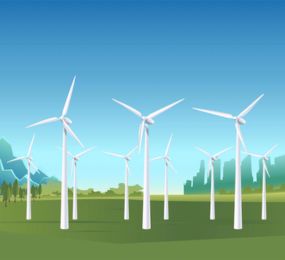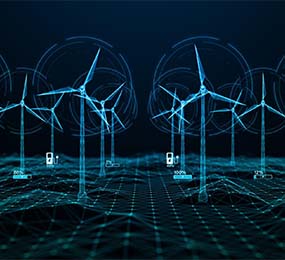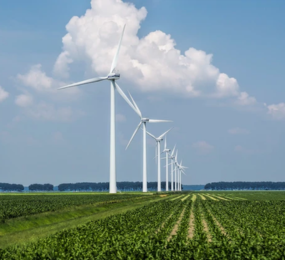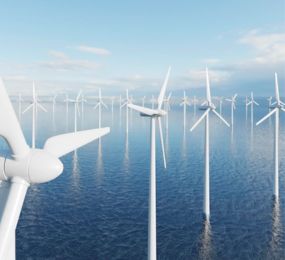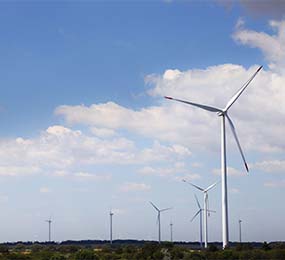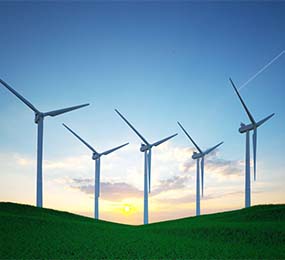Wind turbines are complex machines operating in demanding environments. Ensuring their optimal performance and longevity requires a deep understanding of their health and operational status. Traditional maintenance approaches often rely on scheduled inspections, which can be costly and may not always identify emerging issues. However, advancements in monitoring technologies and data analytics are revolutionizing how we understand and maintain wind turbines.
Key Aspects of Improved Monitoring:
- Sensor Technology:
- Vibration Monitoring: Sensors measure vibrations within the turbine, detecting anomalies that may indicate bearing wear, gear misalignment, or other mechanical issues.
- Acoustic Emission Monitoring: Detects high-frequency acoustic emissions that can signal the onset of fatigue cracks or other structural problems.
- Temperature Monitoring: Monitors critical components for overheating, which can significantly impact performance and lifespan.
- Data Acquisition and Transmission:
- Wireless sensor networks and advanced communication technologies enable real-time data collection and transmission from turbines to a central monitoring system.
- Data Analytics and Machine Learning:
- Sophisticated algorithms analyze sensor data to identify patterns, detect anomalies, and predict potential failures.
- Machine learning models can learn from historical data to identify early warning signs of equipment degradation.
Benefits of Enhanced Asset Health Monitoring:
- Predictive Maintenance: By identifying potential issues early on, predictive maintenance schedules can be implemented, minimizing downtime and reducing the need for costly emergency repairs.
- Optimized Performance: Real-time monitoring allows for adjustments to turbine operations, such as blade pitch and yaw control, to maximize energy output and efficiency.
- Extended Turbine Lifespan: By proactively addressing potential issues, the lifespan of wind turbines can be significantly extended, improving the return on investment.
- Reduced Operational Costs: Proactive maintenance reduces the frequency and cost of unplanned downtime, leading to significant cost savings.
- Improved Safety: By identifying potential safety hazards, such as structural integrity issues, monitoring systems can help to improve the safety of technicians and the overall operation of the wind farm.
The future of wind turbine health monitoring lies in the continued development and integration of advanced technologies, such as artificial intelligence, machine learning, and the Internet of Things (IoT). By harnessing the power of data and leveraging cutting-edge technologies, we can unlock new levels of efficiency, reliability, and sustainability in the wind energy sector.
To register or learn more about the Forum please check here: https://bit.ly/3K0rUIz
For more information and group participation, contact us: [email protected]


